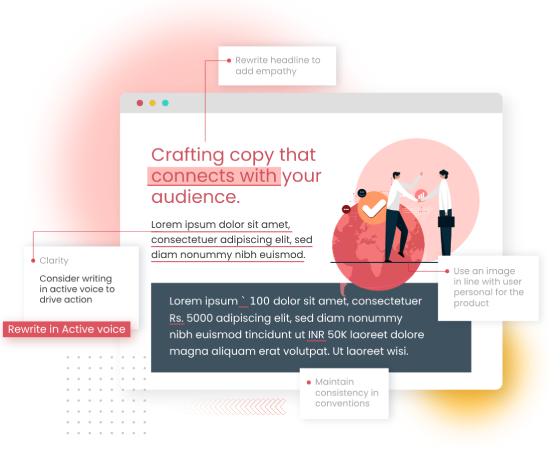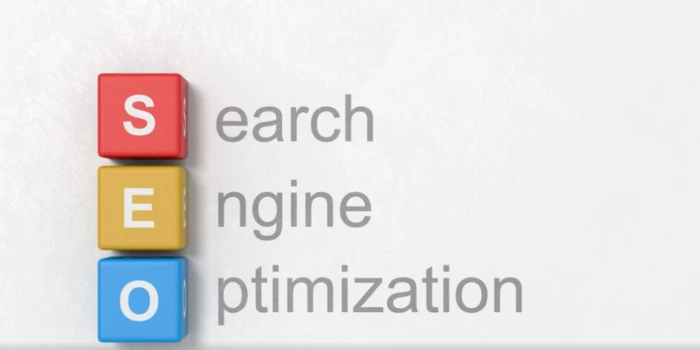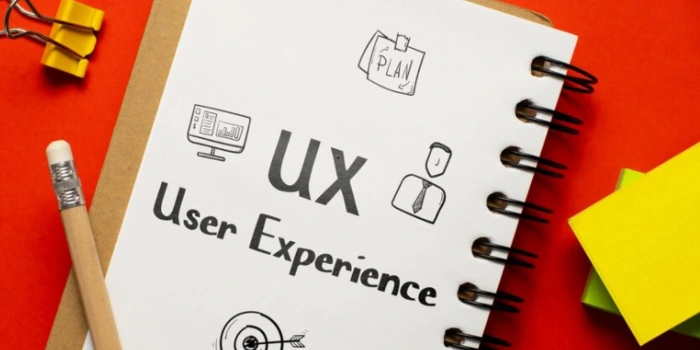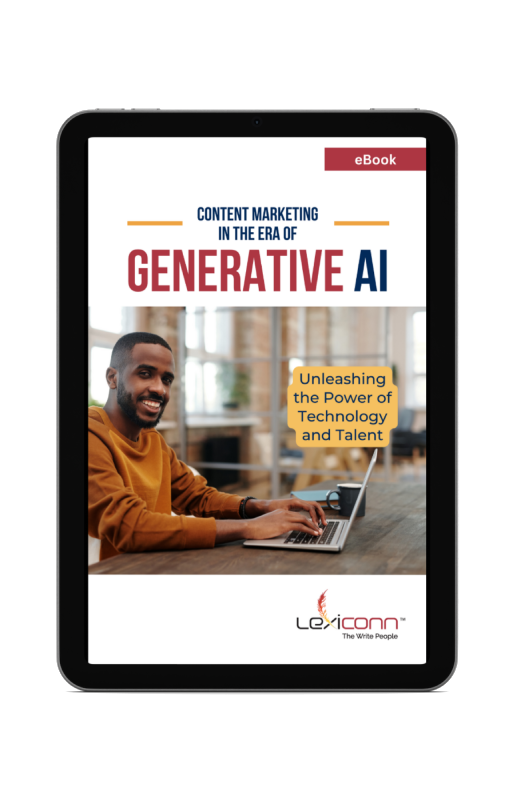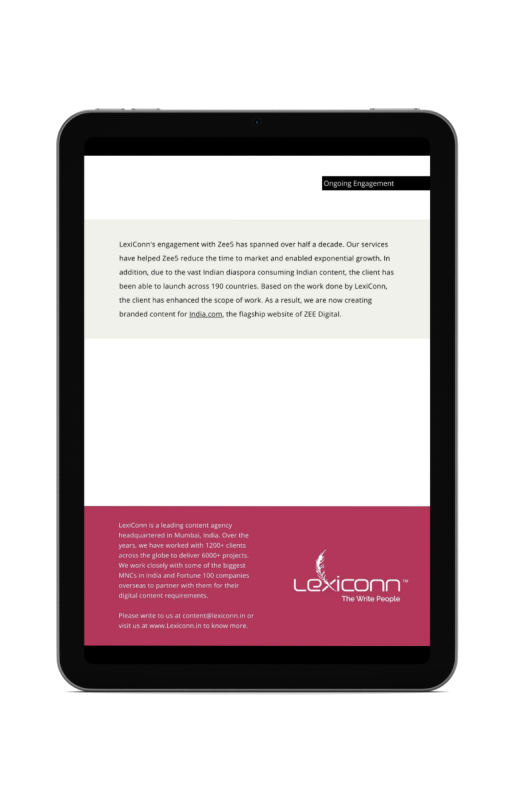Content is the backbone of any successful website. But writing great content isn’t enough—it needs to be optimized for search engines and readers alike. No matter how informative or engaging your content is, if it isn't properly structured, lacks keyword relevance, or doesn’t provide a smooth user experience, it won’t reach its full potential.
Source
Whether you’re a business owner, marketer, content strategist, or SEO professional, mastering website content optimization is crucial for achieving:
- Higher search engine rankings
- Increased organic traffic
- Better user engagement
- Higher conversion rates
Why does content optimization matter? Because search engines like Google use hundreds of ranking factors to determine which pages should appear at the top of search results. While backlinks and technical SEO play a role, content quality and optimization remain among the most significant ranking factors.
In this comprehensive guide, we’ll walk you through a step-by-step content optimization checklist that ensures your content is:
- Discoverable by search engines
- Valuable and engaging for readers
- Structured for better readability
- Optimized for conversions and user retention
By the end of this guide, you'll have everything you need to optimize your content like a pro and ensure that your pages not only rank well but also effectively engage and convert your audience.
Why Content Optimization Matters for SEO
Before diving into the checklist, let’s first understand why content optimization is a critical aspect of SEO success.
1. Improves Search Engine Rankings
Search engines, particularly Google, prioritize high-quality, well-optimized content. By incorporating relevant keywords, structuring content correctly, and providing valuable information, you increase your chances of ranking on page one.
Source
Example: Google’s algorithm updates, such as Helpful Content Updates, penalize low-value, AI-generated, or unhelpful content. Optimizing your content ensures it remains relevant, authoritative, and beneficial to users.
2. Enhances User Experience (UX)
Optimized content isn’t just about search engines—it also improves the overall reading experience for your audience.
- Well-structured headings (H1, H2, H3) make content easier to scan
- Short paragraphs improve readability and engagement
- Bullet points & lists help break down complex topics
- High-quality visuals (images, infographics) enhance comprehension
Source
Example: Studies show that users spend 80% of their time scanning a page rather than reading it word-for-word. If your content isn’t optimized for skimming, visitors will leave quickly, increasing your bounce rate and hurting your rankings.
3. Boosts Conversions & Engagement
The goal of content isn’t just traffic—it’s conversion. Optimized content guides users smoothly through your page, keeping them engaged and leading them toward action (e.g., subscribing, purchasing, or booking a service).
Source
Example: A strong Call-to-Action (CTA) with persuasive language, placed strategically within content, can increase conversions by up to 80%.
4. Increases Dwell Time & Reduces Bounce Rates
"Dwell time" is the amount of time a user spends on your page before returning to the search results. Higher dwell times signal useful, engaging content, which can improve rankings.
- Engaging intros capture attention within the first 5 seconds
- In-depth, valuable content keeps users reading longer
- Internal linking encourages users to explore more pages
- Multimedia (videos, charts, infographics) keeps visitors engaged
Source
Example: Google’s algorithm measures user behaviour, including bounce rates and dwell time. If users quickly leave your page, it signals low relevance—potentially dropping your rankings over time.
Why Most Content Fails to Rank
According to a 2025 SEO report, 91% of all online content gets ZERO organic traffic from Google.
Why? Because most businesses make these common content optimization mistakes:
- Skipping keyword research – Targeting the wrong keywords or ignoring search intent
- Poor structure & readability – Long, unbroken text blocks drive users away
- Weak on-page SEO – Missing meta tags, alt text, or structured data
- No internal linking strategy – Making pages harder to navigate
- Ignoring user experience (UX) – Slow-loading pages and non-responsive designs
The good news? By following this detailed content optimization checklist, you can avoid these mistakes and ensure your content ranks higher, attracts traffic, and keeps readers engaged.
Let’s dive in!
The Ultimate Content Optimization Checklist for Higher Rankings
1. Conduct Thorough Keyword Research
Keywords are the foundation of SEO content. Without proper keyword research, your content won't reach the right audience, making all your efforts ineffective. Identifying the right keywords ensures that your content appears when users search for relevant topics.
How to Find the Right Keywords
- Use keyword research tools – Platforms like Google Keyword Planner, Ahrefs, SEMrush, and Ubersuggest help identify primary and secondary keywords that match your niche.
- Look at competitor keywords – Use tools like Ahrefs’ Site Explorer to analyze what keywords your competitors rank for.
- Explore Google Autocomplete & Related Searches – These can reveal additional keyword ideas based on real-time user queries.
- Use keyword clustering – Group similar keywords together to target multiple queries within the same piece of content.
Understanding Search Intent
Keyword optimization is not just about including keywords; you must align with search intent (what users are actually looking for).
- Informational Intent – Users are looking for answers (e.g., "What is content optimization?").
- Navigational Intent – Users want a specific brand or website (e.g., "LexiConn content writing services").
- Transactional Intent – Users are ready to buy (e.g., "Best SEO content writing services near me").
- Commercial Intent: Users compare options before making a purchase (e.g., "SEO content writing vs. copywriting").
Pro Tip:
- Use long-tail keywords (e.g., “content optimization best practices 2025”) for higher conversion rates, as they are less competitive and more specific.
- Avoid keyword stuffing—instead, use keywords naturally in headlines, subheadings, and throughout the content.
2. Optimize Your Headline for Clickability & SEO
Your headline is the first impression readers and search engines get. A compelling headline boosts click-through rates (CTR) and ensures your content ranks higher.
Best Practices for SEO-Friendly Headlines
- Include your primary keyword naturally in the headline.
- Keep it within 50-60 characters to prevent truncation in search results.
- Use power words – Words like “Ultimate,” “Proven,” “Step-by-Step,” and “Expert” increase engagement.
- Incorporate numbers & brackets – Example: "The Ultimate Content Optimization Checklist for Higher Rankings [2025 Update]"
- Test different variations using tools like CoSchedule Headline Analyzer to ensure effectiveness.
Pro Tip:
- Emotional & curiosity-driven headlines get more clicks. For example, "10 Mind-Blowing Content Optimization Hacks You Need to Try!"
- Use A/B testing on social media or email marketing to see which headlines perform best.
3. Write an Engaging Meta Description
A meta description is a short summary that appears below your page title on search results. A well-written one boosts CTR and attracts more visitors.
How to Optimize Your Meta Description
- Include the primary & secondary keywords naturally.
- Keep it under 155-160 characters for full visibility on search results.
- Make it actionable – Use compelling phrases like “Discover,” “Learn,” “Find out how,” or “Get the checklist.”
- Align with user intent to ensure searchers click on your page.
Pro Tip:
- Google sometimes rewrites meta descriptions based on user queries, so focus on writing clear, valuable summaries rather than keyword stuffing.
- A/B test your meta descriptions in Google Search Console to see what works best for your audience.
4. Structure Your Content with Proper Headings (H1-H6)
Both Google and readers prefer well-structured content because it improves scannability and SEO.
How to Optimize Headings for SEO
- H1 (Main Title) – Use only one H1 per page and include the primary keyword.
- H2 (Main Sections) – Use H2s to break down different sections of your content.
- H3 & H4 (Subtopics) – Use these for further breakdowns of information.
- H5 & H6 (Less Common) – These are used for minor headings but are rarely needed.
Pro Tip:
- Use question-based headings (e.g., "How to Optimize Your Content for SEO?") to target featured snippets.
- Keep headings descriptive so both users and search engines understand your content better.
5. Improve Content Readability & Engagement
A well-optimized page should not only rank well but also engage readers. If your content is hard to read, users will bounce back, negatively impacting your SEO.
How to Improve Readability
- Use short paragraphs (2-3 sentences per paragraph).
- Write in a conversational tone – Avoid overly complex words.
- Use bullet points & numbered lists to improve structure.
- Add visuals (images, infographics, charts, etc.) to break up text.
- Use bold, italics, and highlights to emphasize key points.
Pro Tip:
- Use Hemingway Editor or Grammarly to check readability.
- Ensure sentences are concise and scannable.
6. Optimize for Featured Snippets
Featured snippets are the top-most result on Google, often appearing in “Position Zero.” Optimizing for them increases visibility and credibility.
How to Get Featured Snippets
- Answer questions concisely in 40-60 words.
- Use bullet points, numbered lists, and tables to improve scannability.
- Structure content with question-based headings (e.g., “What is Content Optimization?”).
- Use schema markup to provide structured data to search engines.
Pro Tip:
- Google favours well-structured answers, so format responses clearly with key takeaways upfront.
7. Optimize Images for SEO
Images enhance engagement, but they also need proper SEO optimization to improve load speed and accessibility.
How to Optimize Images for SEO
- Use descriptive filenames (e.g., “content-optimization-checklist.jpg” instead of “image123.jpg”).
- Add alt text with relevant keywords to improve accessibility.
- Compress images using TinyPNG or ShortPixel to speed up load times.
- Use WebP format instead of JPEG/PNG for better performance.
Pro Tip:
- Faster image load speeds directly impact SEO rankings.
8. Add Internal Links for Better Navigation
Internal links help search engines discover content and improve user engagement.
Best Practices for Internal Linking
- Link to relevant service pages naturally.
- Use descriptive anchor text (e.g., “Read our SEO Content Guide” instead of “Click here”).
- Maintain a logical flow – Don't overstuff links.
Pro Tip:
- Well-structured internal links increase dwell time and reduce bounce rates.
9. Optimize for Mobile & Page Speed
60%+ of web traffic comes from mobile devices, making mobile optimization essential for SEO success.
- Use a responsive design that adapts to different screens.
- Check mobile-friendliness using Google’s Mobile-Friendly Test.
- Improve page speed by minifying CSS/JavaScript and enabling lazy loading.
Pro Tip:
- Fast-loading pages rank higher in Google search results.
10. Craft a Strong CTA to Convert Visitors
A well-crafted call to action (CTA) drives user engagement and conversions.
- Use action-driven language (e.g., “Get Your Free SEO Audit Now”).
- Place CTAs strategically throughout the content.
- Offer something valuable (free checklist, consultation, etc.).
Pro Tip:
- A well-placed CTA can boost conversions by 80%
Final Thoughts: Optimize & Rank Higher Today!
Content optimization isn’t a one-time task—it’s an ongoing process that requires continuous refinement. Search engine algorithms evolve, user behaviours shift, and content trends change. By consistently applying this checklist, you ensure that your content remains relevant, valuable, and competitive in the ever-changing digital landscape.
Here’s what effective content optimization can do for your business:
- Increase search rankings – Appear on the first page of Google and attract more organic traffic
- Improve engagement – Keep visitors on your page longer and encourage meaningful interactions
- Drive conversions – Turn readers into customers, subscribers, or loyal followers
- Strengthen brand authority – Establish yourself as an industry leader by delivering high-quality, informative content
But optimizing content takes time, expertise, and a strategic approach. That’s where LexiConn comes in!
Ready to Optimize Your Content? Let LexiConn Help!
Creating high-quality, SEO-optimized content isn’t just about adding keywords—it’s about crafting content that ranks well, engages readers, and drives business growth.
At LexiConn, we specialize in:
- SEO Content Strategy – Aligning your content with search engine best practices
- Readability Optimization – Making your content engaging and easy to consume
- Content Marketing Expertise – Crafting persuasive, high-impact content that converts
Why Choose LexiConn?
Proven experience – We’ve worked with leading companies across industries, helping them scale their content efforts.
SEO-backed strategies – Our content isn’t just well-written—it’s structured to rank.
Custom-tailored solutions – Whether you need blog content, landing pages, or in-depth guides, we create content that fits your brand and audience.
Get in Touch & Start Optimizing Today!
We believe in showing, not just telling. That’s why we offer a free pilot project and a 30-minute consultation to demonstrate how we can enhance your content strategy.
Let’s take your content to the next level!
Contact LexiConn today!
Boost your Content Strategy.
Download the Free eBook now.
Unlock Generative AI's potential for content marketing success. Unearth its impact on teams and businesses. Witness real-life examples and case studies, showcasing AI-driven content ingenuity.
